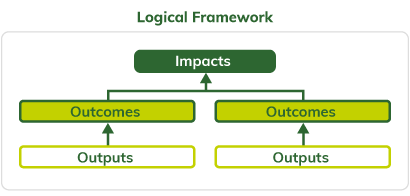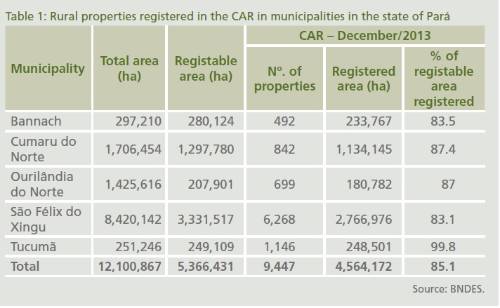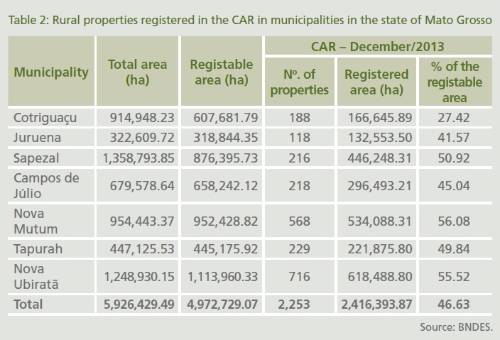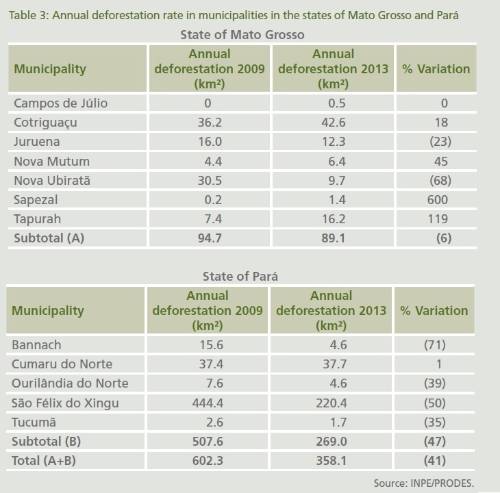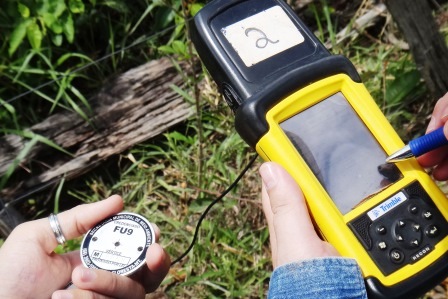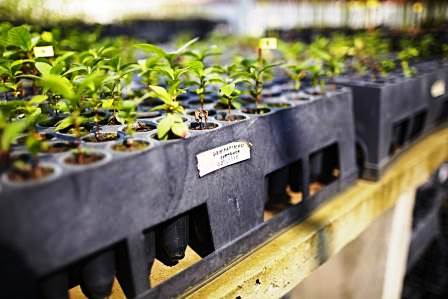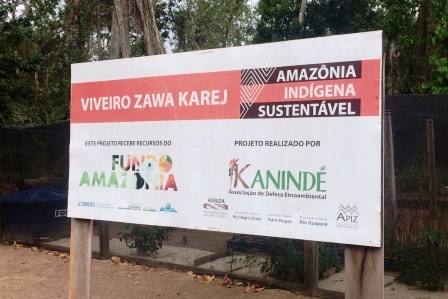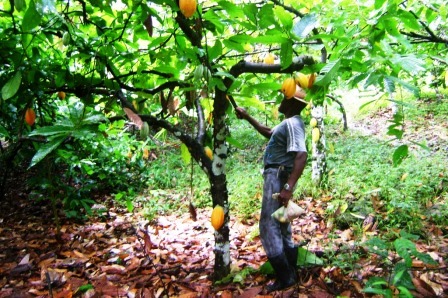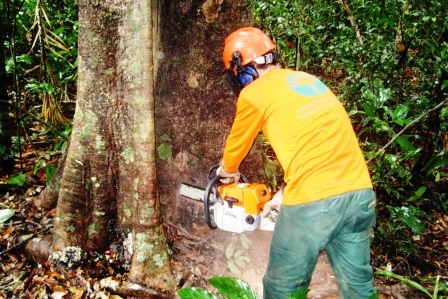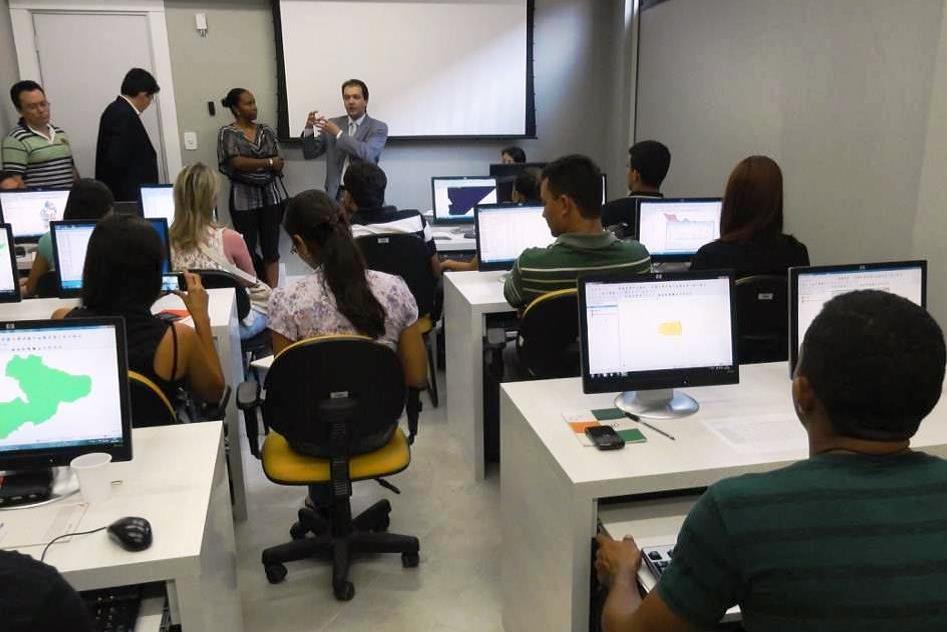CONTEXTUALIZATION
The project was implemented in municipalities in Mato Grosso and Pará, states that recurrently presented the two highest rates of deforestation in the Legal Amazon between 1988 and 2014, despite the downward trend in recent years, according to the National Institute for Space Research data (INPE). The municipalities included in the region the project covers were: Campos de Júlio, Cotriguaçu, Juruena, Nova Mutum, Nova Ubiratã, Sapezal and Tapurah, in the state of Mato Grosso; and Bannach, Cumaru do Norte, Ourilândia do Norte, São Félix do Xingu and Tucumã, in the state of Pará. Mostly, these municipalities are home to economic activities linked to logging, or to livestock and/or soy
production, suffering intense deforestation.
THE PROJECT
The project fosters activities such as raising awareness, mobilization and integrating players – including state and local governments, associations, trade unions and rural producers. This is to stimulate the implementation of an economic development model based on environmental compliance and socio-environmental sustainability in the territory by fostering the CAR and encouraging environmental regularization for rural properties in seven municipalities within the state of Mato Grosso and five within the state of Pará.
It also encouraged rural producers to adhere to the CAR, geo-referencing approximately 10 million hectares.
INTERVENTION LOGIC
The project falls within the "Monitoring and Control" component of the Amazon Fund's Logical Framework.
Click on the following image to view its objectives tree, that is, how the project's outputs and linked to the expected outcomes and impact.
